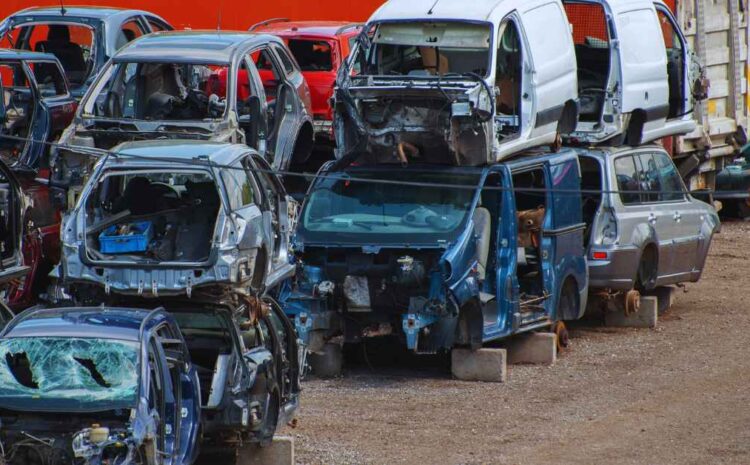
Beneath the Bonnet: Understanding the Environmental Impact of Car Scrapping
Introduction
In the bustling streets of London and its surrounding cities, the lifecycle of a car extends far beyond its time on the road. Fast Scrap Car, a prominent player in the scrap car industry, delves deep into the environmental implications of car scrapping. This blog aims to uncover what lies beneath the bonnet of car scrapping, exploring its environmental impact and the importance of responsible disposal practices in London.
Fast Scrap Car: Champions of Responsible Car Scrapping
Before we unravel the environmental impact of car scrapping, it’s essential to recognise Fast Scrap Car’s dedication to sustainability. With a mission to minimise the ecological footprint of car disposal, the company leads the way in promoting environmentally friendly practices in London’s scrap car industry.
Purpose of the Blog
As we venture into the realm of car scrapping, this blog seeks to shed light on the often-overlooked environmental consequences of disposing of end-of-life vehicles. By examining the various stages of the scrapping process and their environmental implications, we aim to educate readers on the importance of choosing a reputable and eco-conscious scrap car service provider like Fast Scrap Car.
Unveiling the Environmental Impact of Car Scrapping
The process of scrapping a car involves several stages, each of which can have a significant impact on the environment.
Stage 1: Collection and Transportation
The journey of a scrapped car begins with its collection and transportation to a scrapyard. While this stage may seem innocuous, it can result in emissions from transportation vehicles and the release of harmful pollutants if not conducted responsibly.
Stage 2: Dismantling and Recycling
Once at the scrapyard, the car undergoes dismantling, where valuable components are salvaged for reuse or recycling. While this step is essential for recovering valuable materials and reducing waste, it can also generate hazardous substances if not managed properly.
Stage 3: Disposal of Hazardous Materials
Many components of a car, such as batteries, tyres, and fluids, contain hazardous materials that require special handling and disposal procedures. Improper disposal of these materials can lead to soil and water contamination, posing risks to human health and the environment.
Fast Scrap Car’s Commitment to Environmental Responsibility
Fast Scrap Car recognises the importance of mitigating the environmental impact of car scrapping and has implemented measures to ensure responsible disposal practices.
Investment in Green Technologies
Fast Scrap Car invests in state-of-the-art recycling technologies and processes that minimise waste and reduce environmental pollution. From advanced shredding equipment to eco-friendly disposal methods, the company prioritises sustainability at every stage of the scrapping process.
Compliance with Environmental Regulations
Fast Scrap Car adheres to strict environmental regulations and standards to ensure that its operations are conducted in an environmentally responsible manner. By staying abreast of legislative developments and industry best practices, the company remains committed to minimising its ecological footprint and protecting the environment.
Conclusion
In conclusion, the environmental impact of car scrapping extends far beyond the surface, touching every aspect of the process from collection to disposal. As London continues to grapple with the challenges of urbanisation and environmental degradation, the importance of choosing a reputable and eco-conscious scrap car service provider cannot be overstated. Fast Scrap Car stands as a beacon of sustainability in the scrap car industry, leading by example and advocating for responsible disposal practices. Together, we can uncover what lies beneath the bonnet of car scrapping and pave the way towards a greener, more sustainable future for London and its residents.
